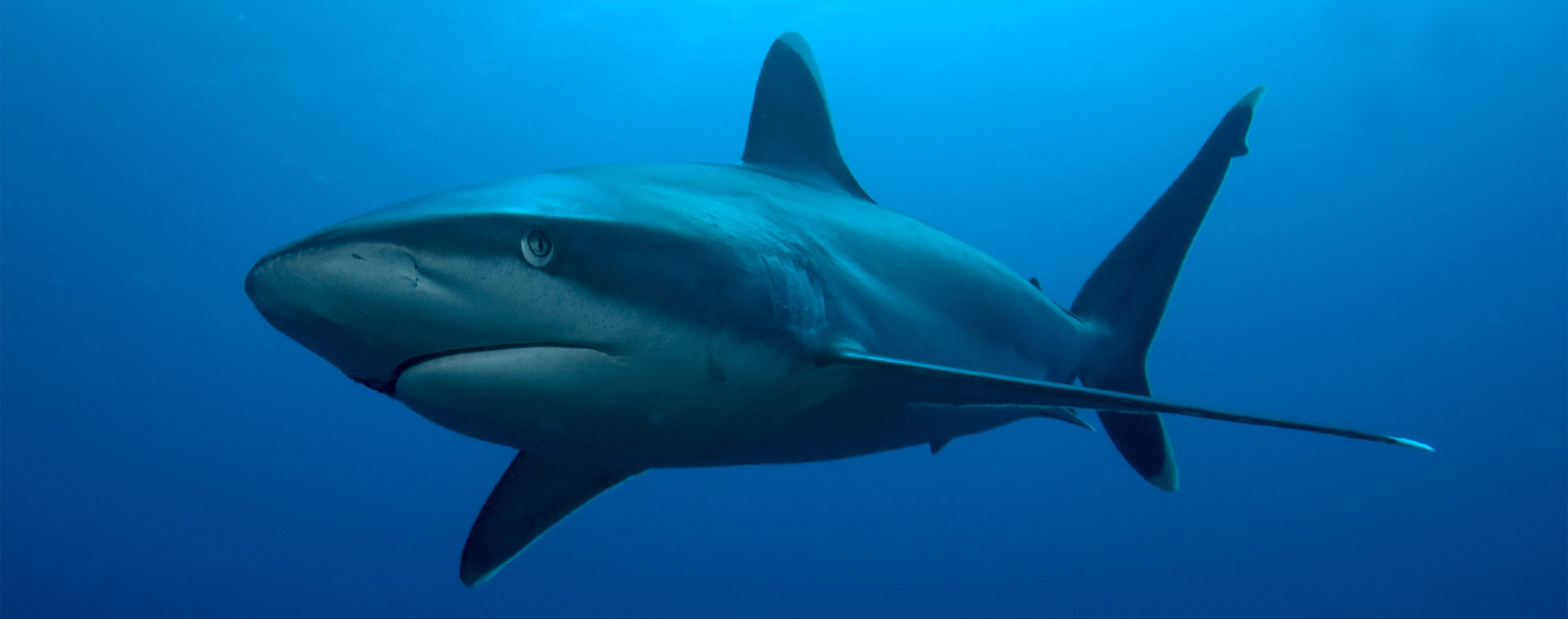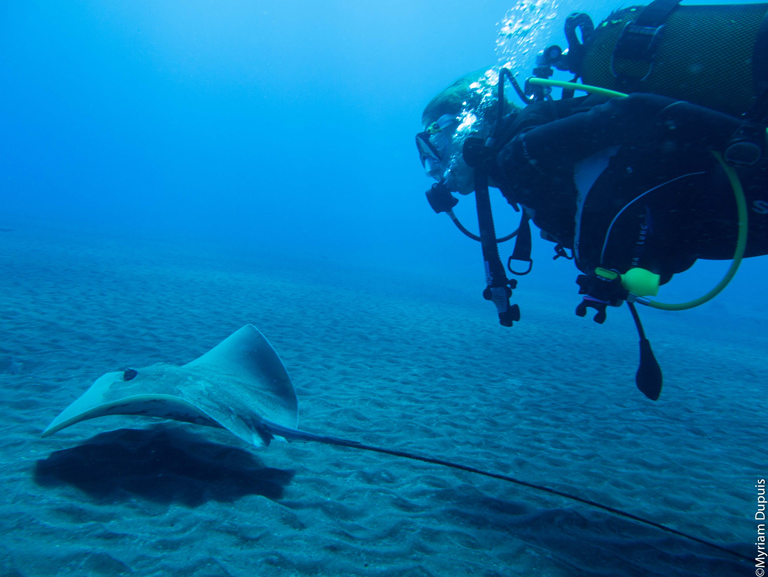Raie Fouet or Pink Whipray (Pateobatis fai): a vulnerable species
Une belle rencontre avec un jeune mâle Pateobatis fai (ex. Himantura fai), plus connu sous le nom de raie fouet, à priori en train de chercher des proies dans le sable.
C’est une espèce classée VULNERABLE par l’UICN car cette raie est victime des filets maillants, des chaluts et des palangres dans son aire de répartition, notamment dans l’océan indien.
The Pink Whipray (Pateobatis fai) has a wide, but poorly defined range throughout the Indo-West Pacific. It is taken as a utilised bycatch of tangle/gillnet, trawl net, and dropline fisheries throughout Southeast Asia and parts of the Indian Ocean. Inshore fishing pressure is intense throughout this species’ range in Southeast Asia and in parts of the Indian Ocean. It is caught in particularly high numbers in the target fishery for rhynchobatids operating in the Arafura Sea. Although no species-specific data are available, overall catches of sharks and rays are reported to be declining, with fishermen having to travel further to sustain catch levels. Given the continuation of high levels of exploitation throughout its range in Southeast Asia where the species is commonly caught in multiple types of ficheriez, along with évidence for déclinés in catches of rays, the level of decline (>30% over the last three generations) and exploitation can be inferred from overall declines in fish catches in the region, as well as from habitat loss. (Source : IUCN red list)


Commentaires récents